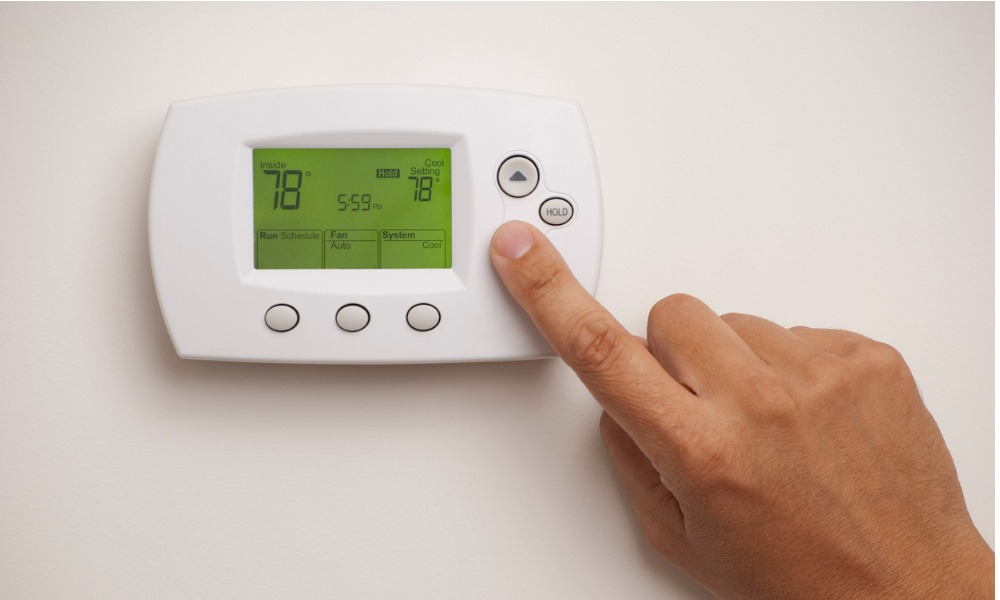
Employers look for clarity on application, triggering temperature

Recently, the California Occupational Safety and Health Standards Board (OSHSB) heard from stakeholders about the proposed Indoor Heat Standard.
As part of the feedback, employer representatives asked the board for clarity regarding application to vehicles and an exception for brief exposures, according to an update from Ogletree Deakins.
Employee representatives also requested lowering the trigger temperature from the proposed 82 degrees Fahrenheit in indoor spaces.
The proposed regulation would require employers to:
The Standards Board will vote on the proposed regulation in the first quarter of 2024, with the implementation planned for the summer of next year, according to Ogletree Deakins.
Last year, the U.S. Department of Labor’s Occupational Safety and Health Administration (OSHA) initiated an enforcement program that identifies employers who failed to submit Form 300A data through the agency’s Injury Tracking Application (ITA).
It’s about to get hotter in California, according to the California Heat Assessment Tool (CHAT).
“California is facing a warmer climate over the next century. More frequent and severe heat events will pose considerable health risks that disproportionately impact frontline populations.”
Recently, the California Division of Occupational Safety and Health (Cal/OSHA) reminded employers to protect outdoor workers from heat illness during period of high heat.
It noted that employers with outdoor workers in all industries must take the following steps to prevent heat illness:
“Cal/OSHA’s heat illness prevention standard applies to all outdoor worksites. To prevent heat illness, the law requires employers to provide outdoor workers fresh water, access to shade at 80 degrees and, whenever requested by a worker, cool-down rest breaks in addition to regular breaks,” said Cal/OSHA.
“Employers must also maintain a written prevention plan with effective training for supervisors to recognize the common signs and symptoms of heat illness, and what to do in case of an emergency.”
In April, the California Civil Rights Department (CRD) proposed a potential extension of two months for employers to comply with the state's new pay data reporting requirements.